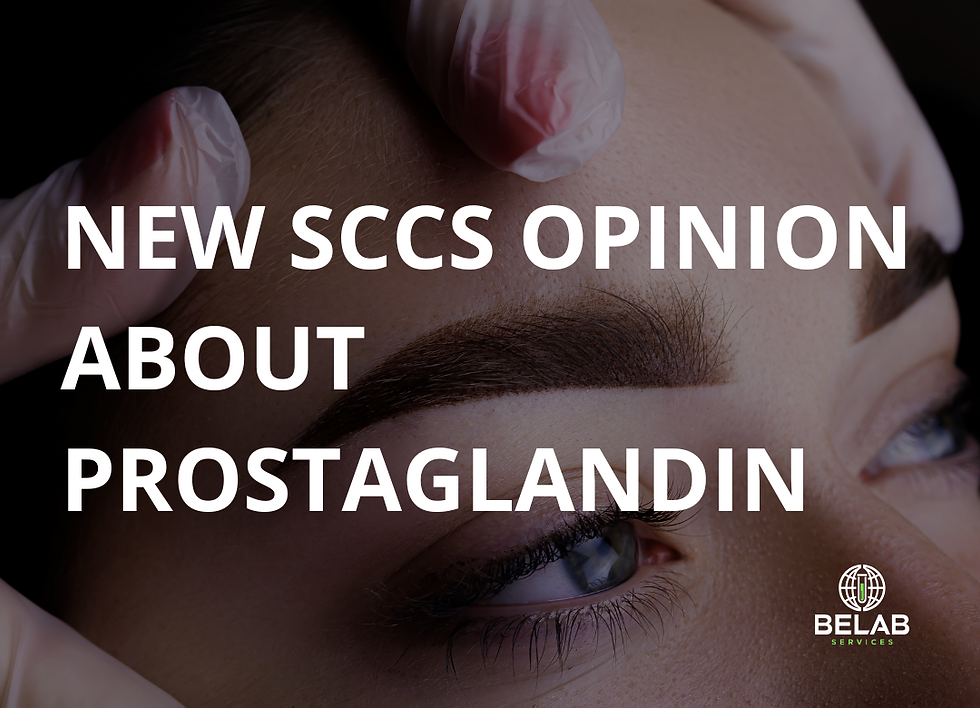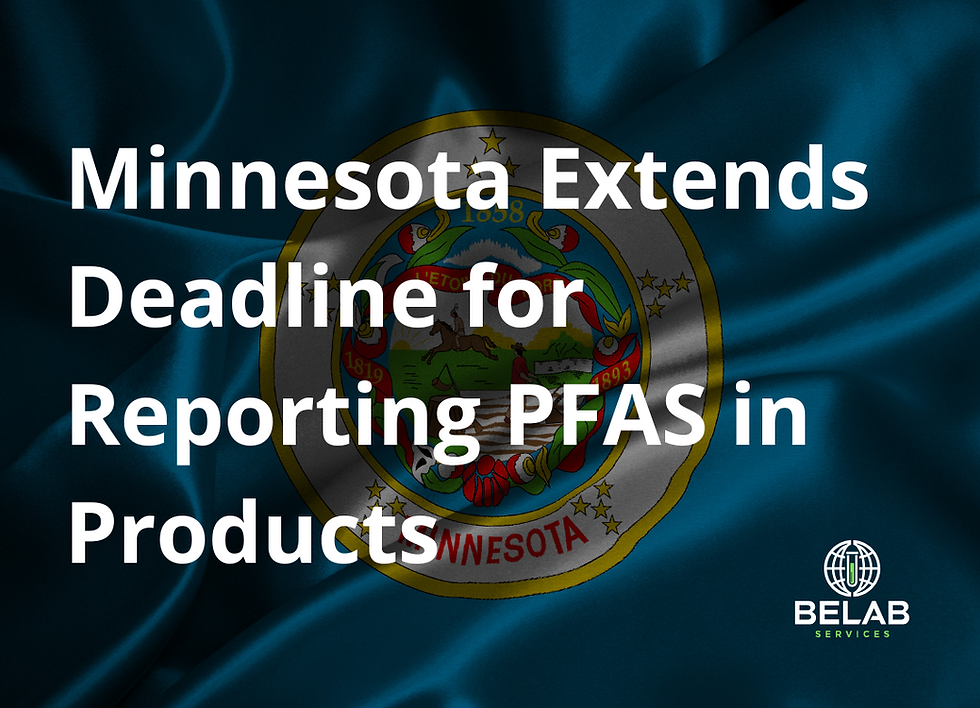SCCS: Declares Several Prostaglandin Analogues Unsafe
- Daniel Jiménez

- Aug 1
- 2 min read
Brussels, July 2025 – Following several years of scientific evaluation and accumulation of toxicological evidence, the European Union's Scientific Committee on Consumer Safety (SCCS) has issued a conclusive opinion on the use of prostaglandin analogues in cosmetic products intended to stimulate the growth of eyelashes or eyebrows.
According to the final opinion published in 2025, the following substances cannot be considered safe for cosmetic use:
Ethyl Tafluprostamide
Methylamido-Dihydro-Noralfaprostal (MDN)
Isopropyl Cloprostenate (IPCP)
Table of contents

Background: A growing concern since 2018
The initial alert was issued in 2018 by the German Federal Institute for Risk Assessment (BfR), which warned the European Commission about the increasing and unregulated use of these compounds in cosmetic products for eyelash growth. These ingredients, derived from prostaglandins, exhibit potent pharmacological activity, which puts them far from the expected safety profile in everyday cosmetic products.
At the time, none of these compounds were regulated under Regulation (EC) No 1223/2009 on cosmetic products. Following the concerns raised, the SCCS initiated a systematic evaluation of their toxicological profile.
Reasons for the decision: reproductive and pharmacodynamic risks
The SCCS concluded that even at low concentrations, these prostaglandin analogues can induce significant biological effects, posing a risk to consumer health. Furthermore, a lack of reliable data was identified that would rule out adverse effects on reproduction and embryonic or fetal development.
Therefore, in line with the precautionary principle and the requirements of the Cosmetics Regulation, the Committee ruled that these substances should not be used in cosmetic products, especially those intended for sensitive areas such as the eyes.
Next regulatory steps
Following this opinion from the SCCS, the European Commission is expected to update the Annexes to Regulation 1223/2009, including these substances in Annex II (list of prohibited ingredients) or introducing clear restrictions in Annex III.
This case reinforces the importance of scientific evaluation prior to the use of ingredients with pharmacological potential in cosmetic products , and sets a precedent for future regulation of "borderline" active ingredients — that is, ingredients that lie at the boundary between cosmetics and medicine.
_edited.png)






Comments